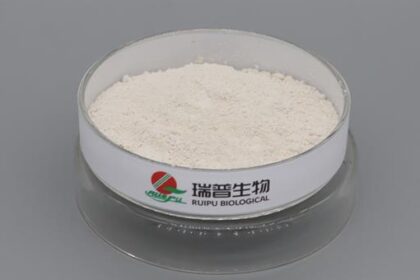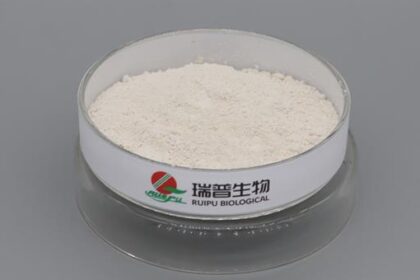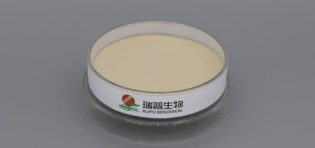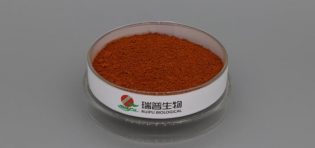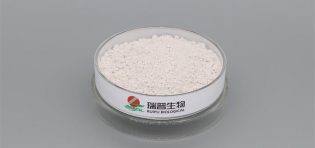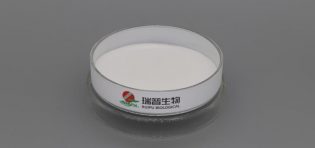
Ferric sodium edetate, also known as ethylenediaminetetraacetic acid iron sodium, is a stable chelated compound with no gastrointestinal irritation and unique absorption characteristics in the duodenum. It has a high absorption rate and can overcome barriers to iron absorption caused by factors such as phytic acid. Studies show that its absorption rate is 2 to 3 times higher than that of ferrous sulfate, and it rarely alters the color or taste of food. Moreover, it has appropriate stability and dissolution properties. After releasing Fe³⁺, the ligand EDTA does not cause side effects or toxicity in the body and is considered a "Generally Recognized as Safe" (GRAS) substance. Ferric sodium edetate is widely used in food iron supplements, and its unique properties make it an ideal component for iron fortification.
I. Applications of Ferric sodium edetate in Food Iron Supplements
1. Enhancing Iron Bioavailability
·Ferric sodium edetate is efficiently absorbed and utilized by the body, significantly increasing the bioavailability of iron in food.
·It prevents interference from anti-nutritional factors such as phytic acid and phosphate in iron absorption, ensuring effective uptake of iron.
2. Improving Sensory Quality of Food
·The addition of ferric sodium edetate does not significantly alter the color, flavor, or taste of food, making iron-fortified foods taste and look similar to regular foods.
·It can also act as a thickener and stabilizer, improving the texture and stability of food products.
3. Widely Applicable to Various Foods
·Ferric sodium edetate can be widely used in bakery products such as bread, cakes, noodles, and pasta, improving the utilization of raw materials and enhancing taste and flavor.
·In seafood-based products, canned foods, and dried seaweed, ferric sodium edetate helps strengthen the texture, maintain freshness, and enhance the flavor.
·It can be used in condiments such as sauces, jams, cream, and soy sauce, acting as a thickener and stabilizer.
4. High Safety
·Ferric sodium edetate is classified as a GRAS substance, meaning it is safe for human consumption under specified usage levels and conditions.
·It does not accumulate in the body or cause toxicity, making it safe for use in food iron supplements.
II. Usage Precautions
1. Control the Dosage
·According to the food nutrition fortification standards (GB14880), the maximum daily intake of ferric sodium edetate for adults is 92 mg (equivalent to 12 mg of iron), with half the amount for children.
·The amount of ferric sodium edetate should be strictly controlled when used as an iron supplement to ensure both the safety and efficacy of the product.
2. Avoid Compatibility with Traditional Chinese Medicine
·Due to unclear interactions between ferric sodium edetate and traditional Chinese medicine, it is generally not recommended to combine them (except for ingredients like donkey-hide gelatin and red dates, which are known to help replenish blood).
·When developing iron-fortified foods containing ferric sodium edetate, care should be taken to avoid adverse reactions with Chinese herbal ingredients or interference with each other’s absorption.
Ferric sodium edetate has broad application prospects and unique advantages in food iron supplements. It can enhance the bioavailability of iron, improve the sensory quality of food, and is widely applicable to various foods. It is also highly safe. When using it, dosage should be strictly controlled, and its compatibility with traditional Chinese medicine should be avoided to ensure the safety and efficacy of the product.



